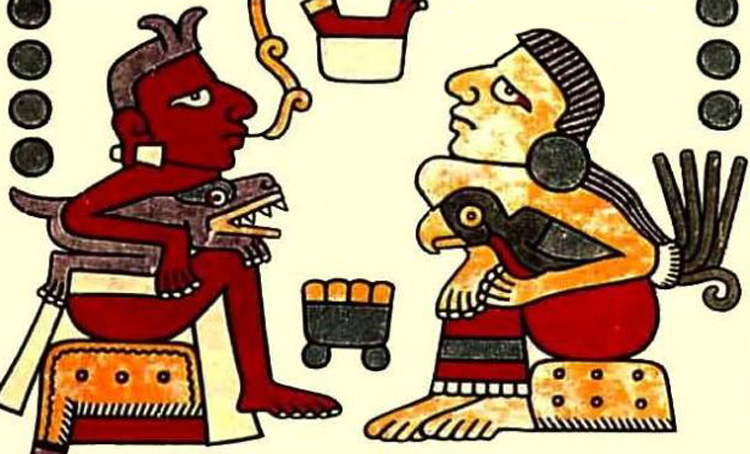by the El Reportero’s news services
Mexico is among the 10 countries with the greatest linguistic diversity, it was known here today on the occasion of the International Day of the World’’s Indigenous Peoples.
In the country live 16 million indigenous peoples and about seven million speak their mother tongue.
However, these native languages are endangered, assured Julio César Villanueva, coordinator of Náhuatl teaching at the Foreign Language Center, Zacatenco Unit, in the National Polytechnic Institute.
It is essential to identify the problems of each region to avoid the loss of this cultural richness of Mexico, he said.
The number of speakers of those languages continues to decrease, which endangers the existence of the dialects used in the country, he added.
It was also argued that the causes of the phenomenon are migration due to lack of jobs, the social disapproval, the adoption of Spanish, the mixture of languages and the opposition of some ethnic groups to adapt to the linguistic changes.
Finally, the expert reported that the Mexican dialects endangered are: kiliwa (Baja California); chocolteco (Oaxaca); náhuatl (Veracruz), diapaneca (Tabasco) and Mocho (Chiapas).
Guillermo de la Peña, from the Center for Research and Higher Studies in Social Anthropology, warned that this group still suffers discrimination because of their phenotype, dress, language or customs.
He explained that currently 80 percent of the indigenous population lives in poverty and 30 percent in the category of extreme poverty.
Oaxaca is the Mexican state with the highest number of speakers of indigenous languages, while the three most used in the country are náhuatl (23.4 percent), maya (11.6) and tseltal (7.5).
Mexico has 68 native languages and 364 variants, out of which 64 are at high risk of disappearing, according to the National Institute of Indigenous Languages.
The United Nations Educational, Scientific and Cultural Organization (UNESCO) established August 9th as the International Day of the World’s Indigenous Peoples.s Peoples.
Cuban Habano man going for Another Guinness Record for largest cigar
Guinness book record breaker and popular ‘’Hombre Habano’’, Jose Castelar, also known as ‘’Cueto’’, will today try to make another long cigar, longer than the 80.81 meters he achieved in 2011.
To accomplish his feat, the cigar roller will need to put in at least 300 hours of work collecting tobacco leaves at the most famous tobacco plantation in the world, in Vueltabajo, in the western province of Pinar del Rio.
A team of a dozen employees, including doctors and physical therapists, will support Cueto in this feat. They have accompanied him since early April 2001 when he made his first 11.04 meters long cigar.
The long, rolled cigar will be made at the oldest colonial fortress of San Carlos de la Cabaña, currently a military museum park, declared a World Heritage Site by UNESCO.
Cueto works at La Triada Habano House in Havana, and his other official Guinness certificates were recorded in 2003, 2005 and 2009.
Castelar was born 72 years ago in Rancho Veloz in the central province of Villa Clara and has rolled cigars in the united Kingdom, Spain, Portugal, Italy, Venezuela, Holland and China among other countries.



